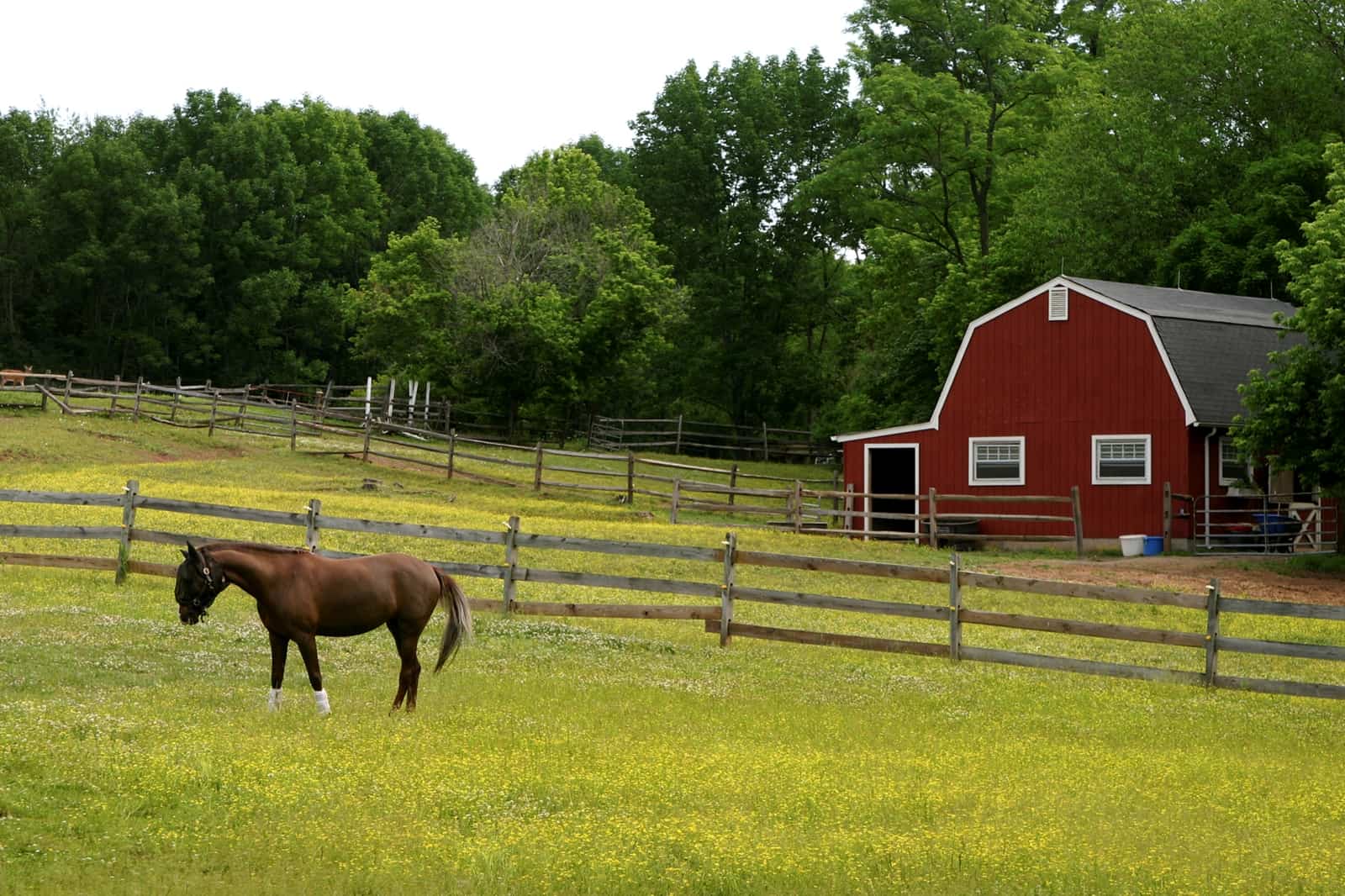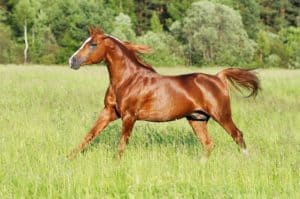Managing Small Horse Pastures

Proper management of pastures on small acreage can mean better grazing for your horses and reduced hay costs.
While many of us are in the depths of winter still, it’s important to begin planning for our horses’ forage needs once the pastures begin to get green. Many horse owners try to keep their horses on pasture, but it can be a challenge to maintain healthy pastures that provide high-quality forage. Horses tend to overuse certain parts of pastures, literally eating favorite areas into the ground and opening the way for encroachment by opportunistic weeds. Horse owners need a plan, and they must understand that in addition to managing the horses, they should also maintain the forage.
As stated by Bob Coleman, MS, PhD, an associate professor in the University of Kentucky’s Department of Animal and Food Sciences and extension horse specialist, “Even if you only have two to five acres, the grass is a crop, and certain practices must be followed in order to enhance that crop.”
Create a free account with TheHorse.com to view this content.
TheHorse.com is home to thousands of free articles about horse health care. In order to access some of our exclusive free content, you must be signed into TheHorse.com.
Start your free account today!
Already have an account?
and continue reading.
Written by:
Heather Smith Thomas
Related Articles
Stay on top of the most recent Horse Health news with












